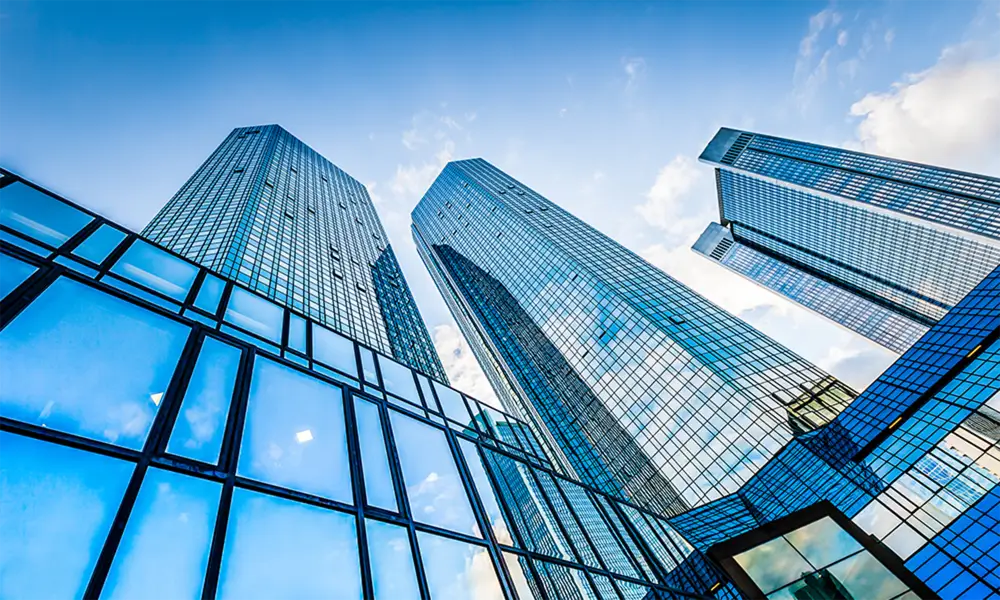Low-emittance glass, often referred to as low-E glass, is a form of energy-efficient glass that plays a crucial role in modern building design, promising significant energy savings and enhanced comfort. As the demand for sustainable construction materials grows, it becomes imperative to understand the benefits, technology, and applications of low-E glass to make informed decisions.

At its core, low-E glass contains a transparent micro-coating that reflects infrared energy, allowing for optimal regulation of heat. During summer months, it effectively blocks unwanted solar heat, reducing cooling requirements, whereas during winter, it reflects the interior heat back inside, minimizing heat loss and thus heating demands. This dual functionality positions low-E glass as an ideal solution for energy conservation.
Incorporating low-E glass in construction yields multiple benefits. From an energy efficiency perspective, buildings with low-E glass windows can reduce energy consumption by up to 50%. Such savings not only lead to lower electricity bills but also contribute to a reduced carbon footprint, aligning with global sustainability goals. Moreover, the enhanced ability to moderate internal temperatures results in a more stable and comfortable indoor environment, reducing dependence on artificial climate control systems.

The application of low-E glass extends beyond residential use, finding significant traction in commercial architecture as well. Large buildings, which often suffer from heat loss in the winter and excessive heat gain in the summer, can leverage low-E glass to create a more stable and energy-efficient environment. Additionally, buildings that house delicate materials or require precise climate conditions, such as museums and data centers, benefit greatly from low-E glass technology, enjoying both protective and energy-saving properties.
From an expertise standpoint, low-E glass is not a one-size-fits-all solution. The coatings vary widely in their properties, catering to different climates and building requirements. Soft-coat low-E glass, applied as a film to the glass after manufacture, offers superior insulation and higher visible light transmittance. Conversely, hard-coat low-E glass, incorporated during the float glass process, provides durable protection with slightly reduced performance. Understanding these distinctions is crucial for architects and builders to select the optimal product for specific project needs.
low emittance glass
Globally, the low-E glass market is burgeoning, driven by increased awareness of environmental stewardship and stringent building regulations. In countries like the United States, energy codes often mandate the use of low-E glass in new construction to meet sustainability benchmarks. This regulatory landscape further emphasizes the authoritative role that low-E glass plays in guiding construction standards towards a more eco-friendly future.
Trust in low-E glass technology is reinforced by extensive research and positive outcomes observed over years of application. Numerous studies validate its efficacy in reducing energy consumption and enhancing thermal comfort. The market offers a variety of established manufacturers, each providing products that meet industry standards and are certified for performance and quality. By selecting reputable low-E glass suppliers, builders and homeowners can ensure that their investments yield long-term benefits.
Beyond its tangible benefits, low-E glass also contributes to aesthetic appeal, maintaining high levels of natural light while mitigating glare. This ensures that spaces remain bright and welcoming,
without incurring the drawbacks of traditional glass options. Building designs can thus harmonize energy efficiency with architectural beauty, offering occupants an improved living or working experience.
Low-emittance glass, as a product of advanced engineering and innovation, stands at the forefront of energy-efficient building solutions. Its capability to deliver on energy savings, comfort, and sustainability underlines its essential role in modern architecture. As global standards evolve towards energy conservation, the integration of low-E glass signifies a commitment to responsible construction practices and the pursuit of environmental excellence.



